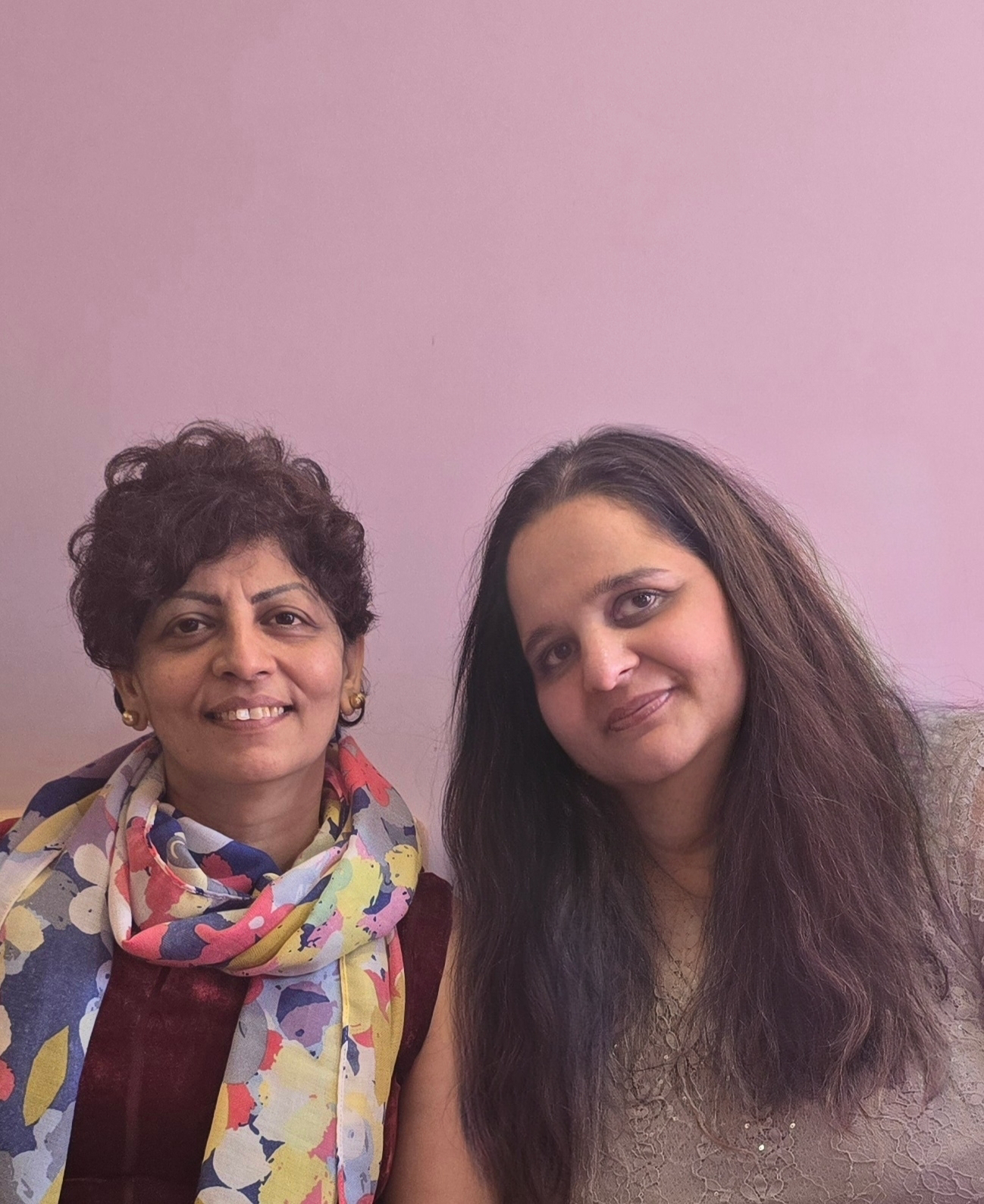The Skill/Will Matrix — A Mirror for Growth and Empathy
Have you ever met someone who’s full of drive but still figuring things out?
Or someone who’s brilliant at what they do but just can’t seem motivated anymore?
That’s where the popular Skill/Will Matrix by Mr. Max Landsberg quietly steps in — not as a performance chart, but as a mirror of understanding.
It reminds us that growth isn’t just about how much we know (#skill), but also about how deeply we care to show up (#will).
Every team, classroom, and collaboration that I have been part of — from student groups to leadership cohorts — has shown me how these quadrants play out in real life.
High Will, Low Skill — The Eager Learner
They may not have all the answers yet, but they bring curiosity, energy, and heart.
I see this in students who stay back after class to ask “why”, not just “how.”
With structure, mentoring, and feedback, their enthusiasm turns into excellence.
They remind me that growth often begins with courage — the courage to learn, unlearn, and begin again.
High Will, High Skill — The High Performer
They don’t just do the job; they shape the culture.
A colleague who takes initiative, a student who uplifts others — they raise the bar silently, without needing a spotlight.
Their consistency creates confidence, and their ownership transforms outcomes.
Give them trust, and they’ll give you transformation.
Low Will, High Skill — The Unmotivated Expert
They know their craft, but their spark dims somewhere along the way.
Sometimes, it’s burnout. Sometimes, it’s the quiet loss of why.
No amount of training fixes this — but a meaningful conversation often does.
A moment of genuine acknowledgment, a nudge of belief, a reminder that they matter — that’s where revival begins.
Low Will, Low Skill — The Wrong Fit
The toughest quadrant, but also the most human.
It’s about compassion with clarity — guiding someone to realign, or sometimes helping them move on with dignity.
Because leadership is not about holding on; it’s about knowing when to nurture and when to let go.
The Human Intersection
In classrooms and teams alike, I’ve interacted with all four quadrants — sometimes, even within the same person at different stages.
A once eager learner can evolve into a high performer.
A high performer can slip into disconnection if not seen or appreciated.
That’s the intersection we often miss — growth isn’t linear; it’s cyclical and deeply emotional.
Skill and will shift with seasons, but awareness keeps us grounded.
As a Trainer and Coach, I believe my role isn’t just to build skills — it’s to help learners discover their will.
To help them reconnect with their inner reason to grow, to care, and to keep showing up.
Because true leadership isn’t about direction; it’s about diagnosis with empathy.
So tell me — which quadrant are you in right now?
And what will help you move to your next?
As my favourite author says, “When you help each other grow and let it show — life becomes beautiful.”



Comments